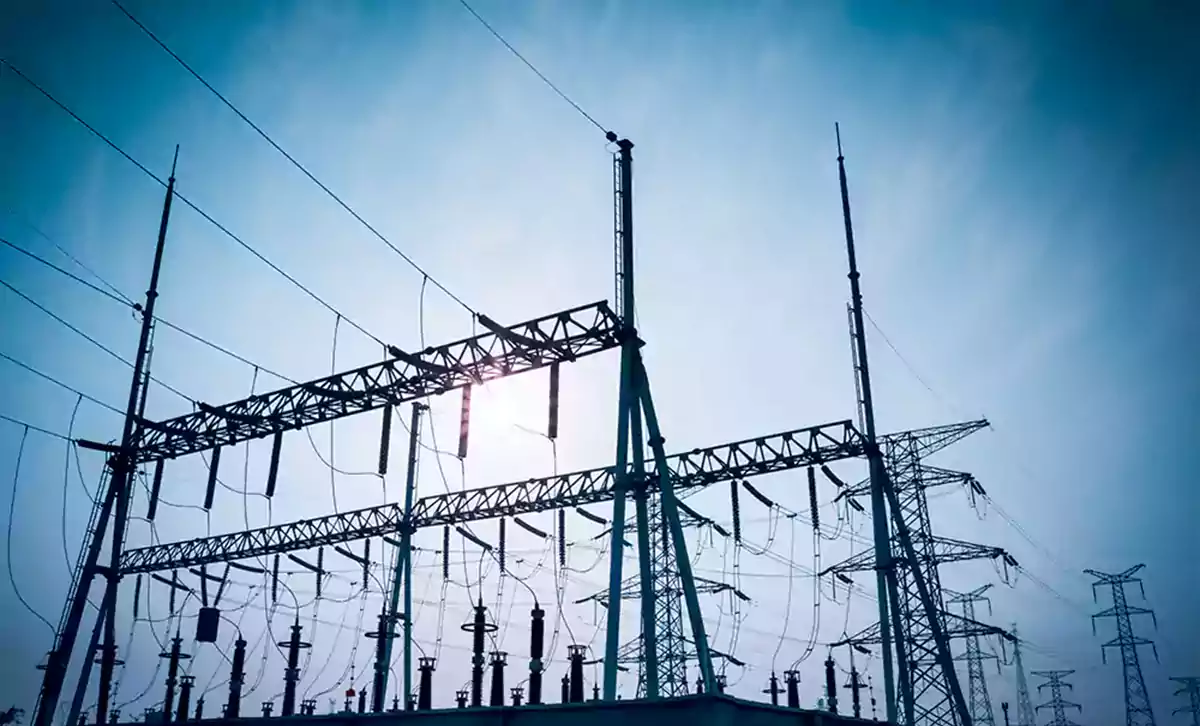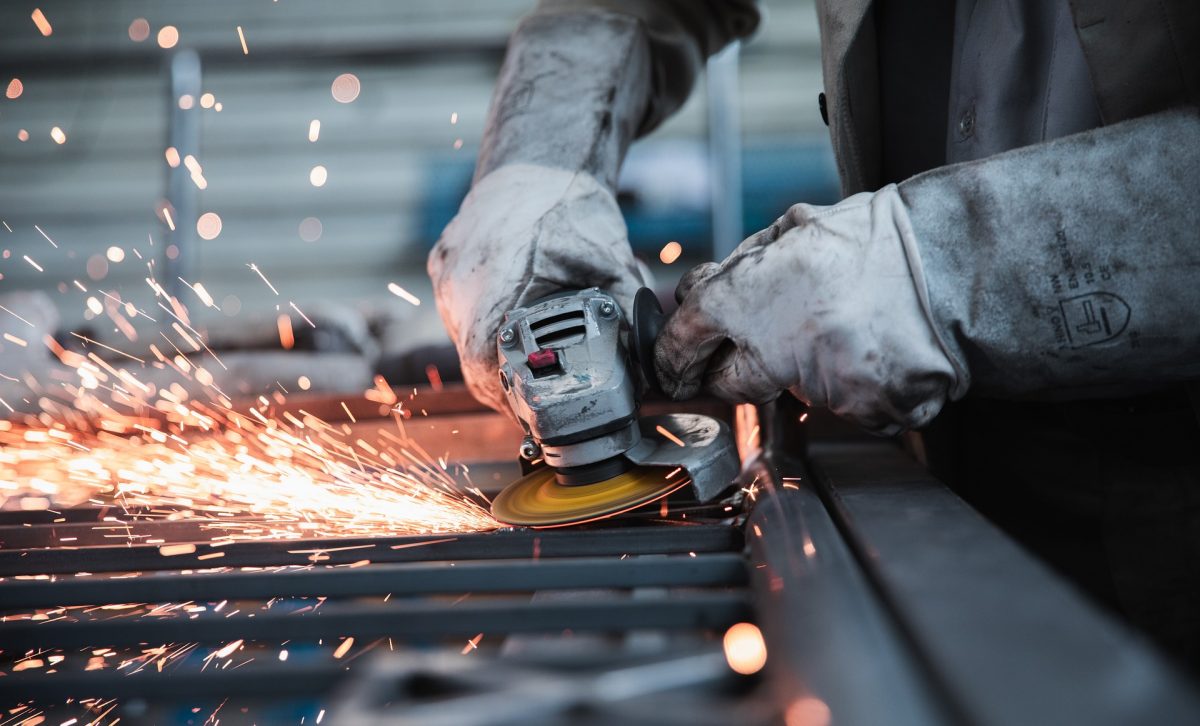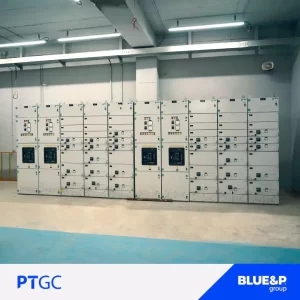The wind turbine tower contained the nacelle and the rotor. These towers can be tubular steel towers, lattice towers, or concrete-steel towers.
Tubular tower:
Most large wind turbines use steel tubes for the tower body. To raise the resistance and be cost-effective, they built conical (i.e. their diameter increases to the bottom of the tower). The towers’ heights are between 20 and 30 meters.
Lattice Tower:
Grid towers have produced using steel profiles. Its main advantage is less cost since a lattice tower requires half of the same pipeline materials with the same resistance. Its only objection is their appearance. However, the use of lattice towers in large and modern wind turbines had abolished.
This article discusses the opportunities and challenges of increasing wind turbine tower height in wind energy.
- Wind resource quality improves significantly with height above ground. Over large portions of the country, our mesoscale resource data indicate an increase in annual average wind speed of 0.5 to 1.0 meters per second (m/s) when moving from 80 to 110 meters (m) and 1.0 to 1.5 m/s when moving from 80 to 160 m.
- Wind speed differences translate to sizable capacity factor improvements. Although the observed variance is broad, median capacity factor gains with higher hub heights are estimated at approximately 2 to 4 percentage points when going from 80 to 110 m and an additional 2 to 4 percentage points when going from 110 to 140 m. Between 140 and 160 m, median capacity factor gains are approximately 1 percentage point. Relatively larger gains occur east of the Rocky Mountains, with the greatest gains sprinkled throughout the Heartland, the Midwest, and the Northeast.
- Based on first-order cost estimates informed by current technology, the most wind-rich regions of the country generally show an economic preference for the lowest considered tower height; higher hub heights (e.g., 110 m and 140 m) are often preferred in more moderate wind speed regions. This result is consistent with industry experience to date.
- Higher nameplate and lower specific power turbines (e.g., 150 to 175 watts per square meter) also show a general economic preference for the lowest considered tower height; however, these larger turbines require tower heights of at least 110 m. Tower heights of 140 m and in some cases 160 m tend to be preferred in more moderate wind speed areas.
- Reducing the cost of realizing taller towers is critical to capturing the value of higher wind speeds at higher above ground levels as well as for increasing the viability of wind power in all regions of the country.
Focusing on the opportunities and challenges of wind energy can be used to optimally utilize this clean source of energy, reducing costs and increasing productivity. One of the main requirements of the turbines is the height of the turbine tower. As the wind speed is lower, the elevation of the turbine tower must be higher so that the best performance can be received.
Source: theenergyst.com








